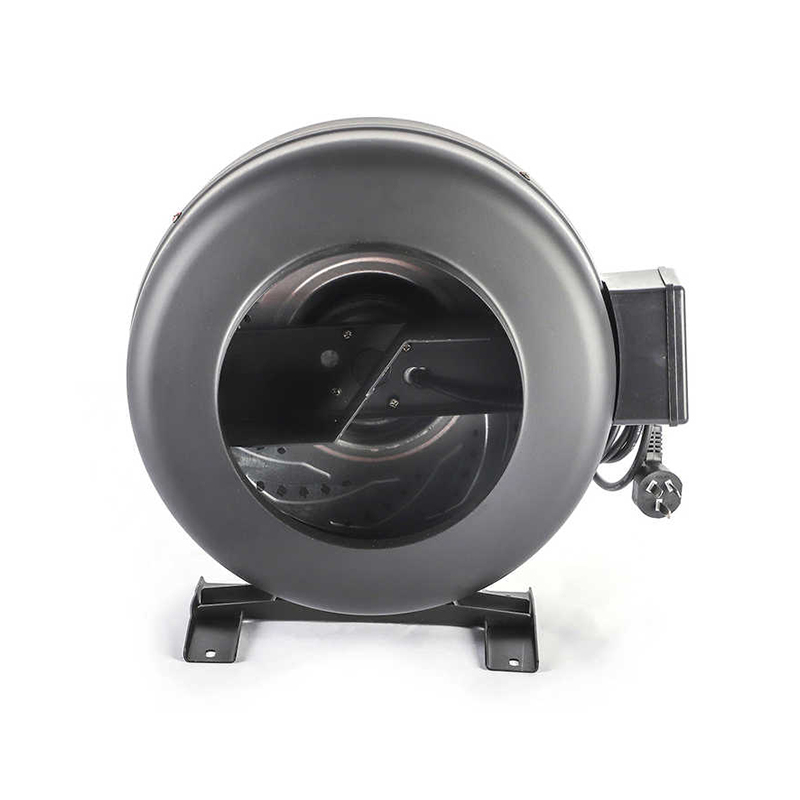Qinlang focuses on providing high-quality products and considerate services, and is committed to meeting every expectation of our customers.
The DKT-133 Cooling Ventilation Double Inlet Air Conditioning Fan is d...
See Details
When it comes to ventilation systems, noise reduction is often a key concern, particularly in residential, commercial, and industrial settings. One solution that has gained popularity is the external drive inline duct fan. These fans are designed to improve the efficiency of ventilation while reducing noise levels, offering a quiet yet effective solution to air circulation.
1. Isolating the Motor from the Airflow Path
One of the main reasons an external drive inline duct fan reduces noise is due to its unique motor setup. Unlike traditional inline duct fans, where the motor is placed within the airflow path, the external drive inline duct fan places the motor outside the airflow. This design helps to isolate the motor from the fan blades, preventing vibrations and mechanical noise from being transmitted through the ductwork.
By separating the motor from the airflow, the external drive inline duct fan reduces the level of noise that typically emanates from the motor, resulting in quieter operation.
2. Reduced Vibration and Noise Transmission
In conventional inline duct fans, vibrations from the motor are often transferred through the ductwork, which can amplify the noise throughout the system. The external drive inline duct fan mitigates this issue by using a flexible coupling between the motor and the fan. This coupling absorbs vibrations and prevents them from traveling through the ducts.
The reduction in vibrations leads to a quieter ventilation system, which is especially important in spaces where noise control is essential, such as offices, bedrooms, and commercial establishments.
3. Higher Fan Efficiency at Lower Speeds
The design of the external drive inline duct fan allows for more efficient airflow at lower speeds. This is important because fans operating at high speeds tend to produce more noise. By optimizing the fan’s operation, the external drive inline duct fan can maintain effective ventilation while operating at quieter, lower speeds.
This ability to operate efficiently at reduced speeds not only lowers the noise but also helps with energy consumption, making the system more environmentally friendly.
4. Reducing Airflow Resistance
Airflow resistance is another factor that can contribute to noise in ventilation systems. The external drive inline duct fan is designed to reduce resistance in the air path, allowing for smoother airflow. When there is less resistance, the fan does not have to work as hard, which results in reduced turbulence and noise. This contributes to a quieter overall system, ensuring that the ventilation operates with minimal disruption.
5. Quiet Operation in Sensitive Environments
For environments where noise is a significant concern, such as libraries, hospitals, and offices, the external drive inline duct fan is an ideal solution. These fans are specifically designed to operate quietly while still providing the necessary airflow for ventilation. Whether used for cooling, heating, or air exchange, the quiet operation of the external drive inline duct fan ensures that occupants are not disturbed by loud or constant noise.
An external drive inline duct fan offers a practical solution for reducing noise in ventilation systems. By isolating the motor, reducing vibrations, optimizing airflow efficiency, and reducing resistance, these fans operate more quietly than traditional models. Whether you’re installing a system in a residential space or a commercial building, choosing an external drive inline duct fan can significantly improve the comfort and functionality of your ventilation system while maintaining a quieter environment.